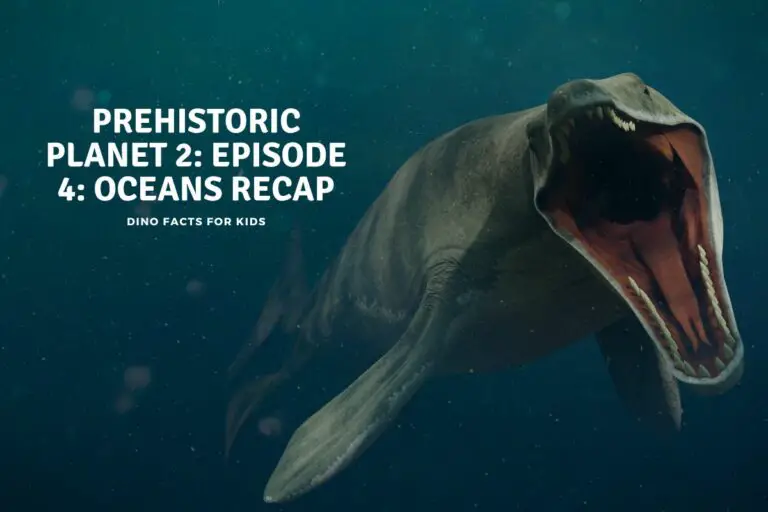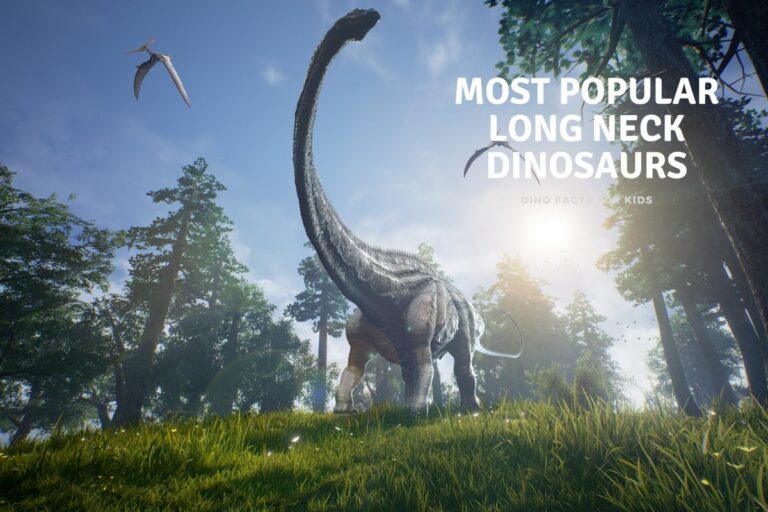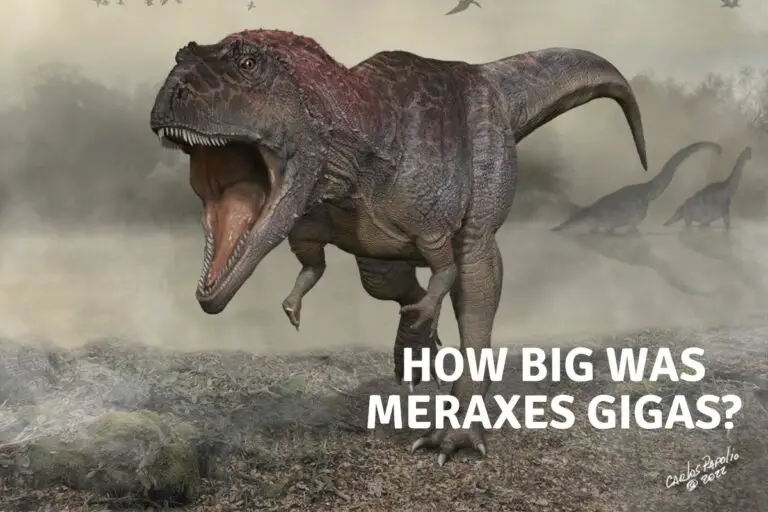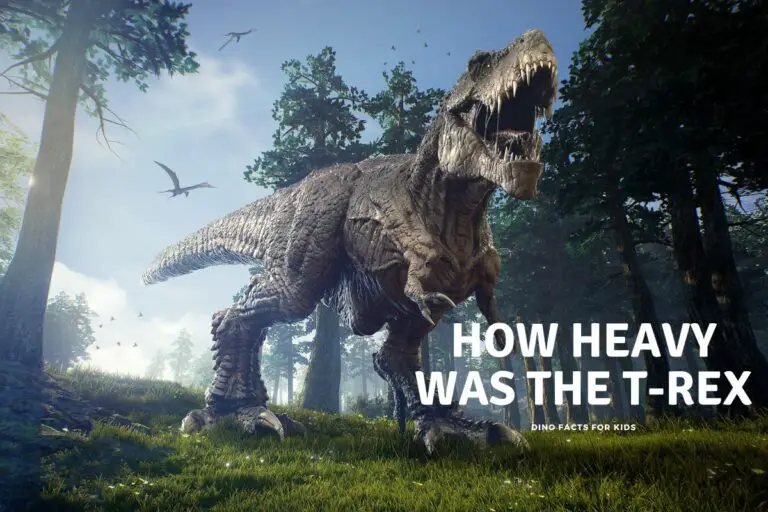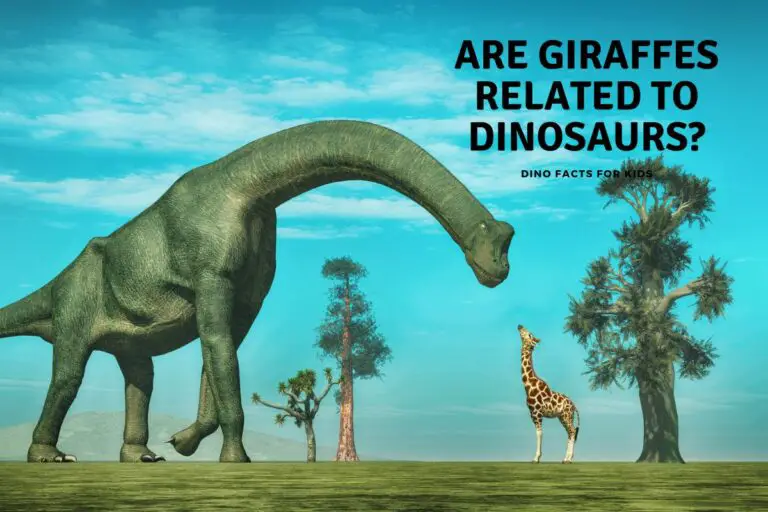What Dinosaur Had the Longest Claws?
When you picture dinosaurs and their long claws, what are the first images that come to mind? You might picture velociraptors, or the great clawed feet of a Tyrannosaurus rex…but none of these can compare to one other dinosaur that had claws stretching up to more than 3 feet in length. What was this dinosaur with the longest claws?
The dinosaur with the longest claws is Therizinosaurus, a theropod known for its massive, sickle-shaped claws that could reach up to 3 feet in length. Despite their fearsome appearance, The herbivore, Therizinosaurus, used these claws primarily for feeding on vegetation, and possibly for display or self defense.
We will explore in more detail why the therizinosaurus had such long claws in the article below and also take a look at some details about this huge dinosaur.
What Dinosaur Had the Longest Claws?
The short answer to this question is Therizinosaurus, which is actually a bit of a mouthful. Also known by some as “the reaping dinosaur,” and “the scythe lizard,” Therizinosaurus was a theropod dinosaur — like T-rex or Velociraptor — that had claws stretching up to 3 feet in length. In fact it had the longest claws of any known animal so far, not just of the dinosaurs.
What’s even more terrifying is that Therizinosaurus, unlike Velociraptor, was not a small dinosaur. Scientists believe that the creature could grow up to 33 feet in length and up to 16 feet in height. Imagine coming across one of these on your way home, brandishing its 3-foot claws! like a crazy serial killer from a horror movie!
Which is also how it was portrayed (kinda) in the movie Jurassic World Dominion as it wandered around in a very bad temper and then had a hand ( quite literally) in the Movies finale! — spoiler on the link!
Why did Dinosaurs have claws?
Dinosaur claws were a common feature among these prehistoric creatures, and they came in various shapes and sizes. Each type of claw had its own specific function, which was essential for the dinosaur’s survival.
Just like modern animals, dinosaurs used their claws for a wide range of purposes, such as hunting, defense, foraging, and even display.
Some dinosaurs, like the fierce Velociraptor, had sharp and curved claws that were perfect for catching and holding onto their prey.
Others, like the massive herbivores Brachiosaurus and Apatosaurus, had more blunt and hoof-like claws. These sturdy claws provided support and stability as they moved around, considering their massive size and weight.
In some cases, claws even played a role in attracting mates or asserting dominance. For example, the Therizinosaurus, the star of this article, had the longest claws of any dinosaur, which may have been used for display or attracting a mate as well as for feeding and stripping vegetation. .
we also have a facts article on the Therizinosaurus linked here and on the image below.,
What Did Therizinosaurus Look Like?
We’ve already mentioned its fearsome size of 33 feet in length and 16 feet in height, as well as its long claws, but what other features did Therizinosaurus have?
As a theropod dinosaur, it would have walked on two legs, with its claws being at the end of its forelimbs. Its body would therefore be fairly horizontal when at rest, but with the creature able to stand more upright on its legs when it wanted or needed to.
In fact, using special hindlimb equations, scientists have been able to predict that Therizinosaurus probably had legs of up to 9.8 feet in length. Another distinguishing feature of this dinosaur was its long neck, which experts have estimated was up to 7.2 feet long.
We have more details on the size of therizinosaurus here on the site. You can follow the link here.
This was possible to predict after studies of Nanshiungosaurus, a related Therizinosauridae species, and its vertebrae. Many artistic impressions and drawings of the Therizinosaurus also show it as having feathers.
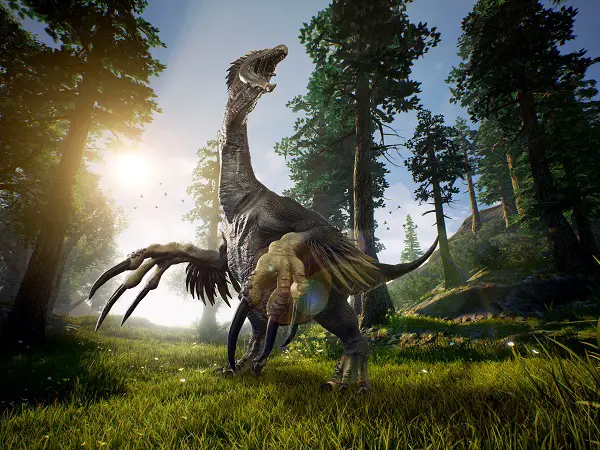
Current thoughts on the size, scale and proportions of Therizinosaurus are all based on equations and guesswork because unfortunately while a number of remains of forelimbs have been found in Mongolia over the years, a complete body skeleton has yet to be discovered.
As with other incomplete skeletons, the size of other body parts and what we know about other theropod species allows paleontologists the ability to make confident predictions.
Scientists Didn’t Know It Was a Theropod for 25 Years
Therizinosaurus falls into a special category of theropods that have long forelimbs and pronounced necks, which is known as “segnosaurid.” However, scientists who first discovered it in the late 1940s didn’t even realize it was a theropod at all.
It was the discovery of related species such as Segnosaurus and Erlikosaurus that helped point paleontologists in the right direction.
Even among theropods, Therizinosaurus is somewhat unique thanks to its segnosaurid features such as its neck and enlarged forelimbs. It’s interesting to think that scientists might always have gotten this dinosaur wrong without having stumbled upon a related species
Many Believed Therizinosaurus Was a Giant Turtle
Another interesting misunderstanding about the nature of Therizinosaurus was that the earliest opinions of Soviet scientists who uncovered the remains in Mongolia in 1948 said the creature was a giant turtle.
Some speculate that it was the sheer level of isolation from other academics outside of the Soviet Union that led the Russian paleontologists to think this. Their speculations led them to characterize the entire Therizinosauridae family as being giant claw-wielding sea turtles.
The First Fossils Were Found in Mongolia in 1948
As we’ve mentioned in the previous point, the first Therizinosaurus fossils were found in Mongolia in 1948. Prior to the Second World War and the subsequent onset of the Cold War, international teams could gain relatively easy access to the Mongolian interior, a rich source of dinosaur fossils and other remains.
The Mongolians were already independent from the then Republic of China, and the borders were open.
Things changed after the founding of the Mongolian People’s Republic, however, which became effectively a satellite state of the USSR. From then on, the only teams able to explore the Mongolian interior were Russian and Mongolia.
It was a joint Soviet-Mongolian team that discovered Therizinosaurus, and their relative isolation fueled wrong ideas about the dinosaur for years.
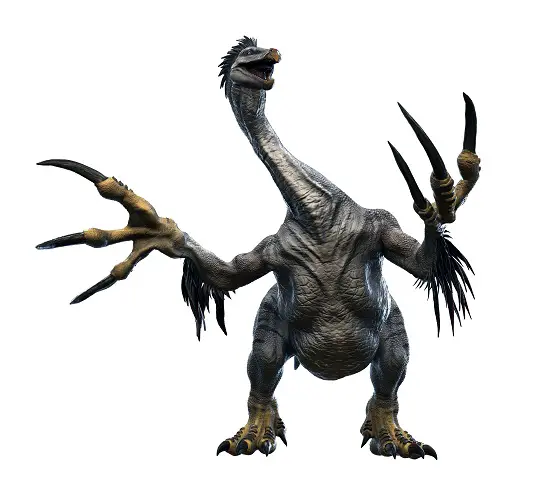
Its Vicious Claws Were Not for Killing
Despite having the longest claws of any known dinosaur, Therizinosaurus was not some vicious killer. It wasn’t even carnivorous, most likely instead using its claws to strip leaves and plants. Its nicknames as the “reaping dinosaur” and “scythe lizard” make a lot more sense when you know this.
No other animal in the history of life on Earth has exhibited longer claws, and while Therizinosaurus may look as though it could rip open another dinosaur’s bowels, it most likely would not unless perhaps trying to defend itself from a predator. Not sure I would want to take the risk though!
Therizinosaurus’ Weight Was Estimated at 5 Tons
Having already discussed how large this theropod was, it may come as no surprise to many that its weight reached up to 5 tons. When people picture many theropods, they picture lighter, nimbler, and bird-like features, but Therizinosaurus was a lot larger and more looming. This is part of what gave it a big body weight.
Its Closest Lookalike Isn’t a Part of the Therizinosaurus Family
Despite sharing its name with many characteristically similar dinosaurs, its apparent closest lookalike is actually not part of that group at all. The Therizinosaurus is believed to closely resemble the Deinocheirus, a creature that inhabited the same territory as Therizinosaurus and was believed to have very similar long claws — though not quite reaching up to 3 feet.
What animal has the largest claws today?
As with most animals today, the Guinness record just don’t match those of the dinosaurs. That said the Giant Armadillo with its 8 inch claws still has some impressive digits on the end of its limbs.
it uses these 8 inch claws to dig for termites to eat. those claws make up about 17% in length of its body! ( we presume if it has its hands in the air that is!)
Conclusion
while the Therizinosaurus certainly had the longest claws, they were also the largest claws, although giant armadillos today are the animal with the largest claws they don’t measure up to 3 feet, or 36 inches of claw that this giant herbivore had!
lets just be thankful it was a herbivore!
References
- https://www.thoughtco.com/things-to-know-therizinosaurus-the-reaping-lizard-1093801
- https://en.wikipedia.org/wiki/Nanshiungosaurus
- https://www.nationalgeographic.com/animals/article/150912-animals-science-largest-claws-talons
Hi, I am Roy Ford a General Studies and English Teacher who has taught all over the world. What started as a fossil collection became a great way to teach, motivate and inspire students of all ages and all over the world about dinosaurs and from that and children’s love of dinosaurs came the site dinosaur facts for kids, a resource for all ages.

